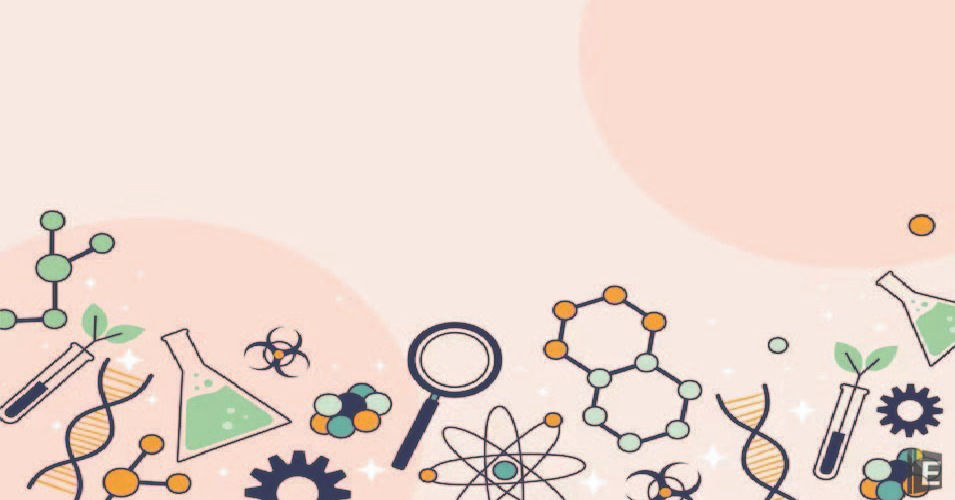General Science Questions with Answers

Which of the following is NOT a type of blood cell made by the bone marrow?
(A) Osteoclasts
(B) Red blood cells
(C) Platelets
(D) White blood cells
Correct Answer : A
Explanation :
1. There are three types of blood cells made by the bone marrow: red blood cells, white blood cells, and platelets.
2. Red blood cells carry oxygen and carbon dioxide around the body. White blood cells fight infection. Platelets help form blood clots.
3. Bone marrow is a tissue located in the hollow interior of long bones.
______ is caused when a child’s growing bones fail to develop due to a lack of vitamin D.
(A) Night blindness
(B) Rickets
(C) Goitre
(D) Scurvy
Correct Answer : B
Explanation :
1. Rickets occurs when a child's growing bones do not develop due to vitamin D deficiency.
2. Vitamin D is an essential nutrient that helps in the absorption of calcium and phosphate.
3. Symptoms of rickets include.
- Pain and tenderness in the bones of the feet and hands
- curvature in the bones of the legs
- pain in shoulders and hips
- muscle weakness
- delayed developmentWhich part of the digestive system receives secretions from the liver and the pancreas?
(A) Large intestines
(B) Stomach
(C) Gall bladder
(D) Small intestines
Correct Answer : D
Explanation :
The small intestine is the part of the digestive system that receives secretions from the liver and pancreas.
The human shoulder joint is an example of a ______ joint.
(A) fixed
(B) pivotal
(C) hinge
(D) ball and socket
Correct Answer : D
Explanation :
1. The human shoulder joint is an example of a ball and socket joint.
2. In this type of joint, a rounded end of one bone fits into a flat or cup-shaped recess of the other bone.
Identify the cell that is amoeboid in shape.
(A) Nerve cell
(B) Columnar epithelial cell
(C) Red blood cell
(D) White blood cell
Correct Answer : D
Explanation :
The correct answer is White blood cells. At the site of infection, white blood cells accumulate to destroy pathogens. Their amoeboid shape assists them to squeeze through blood capillaries and at the same time their pseudopodia help to kill pathogens by the process of phagocytosis.



